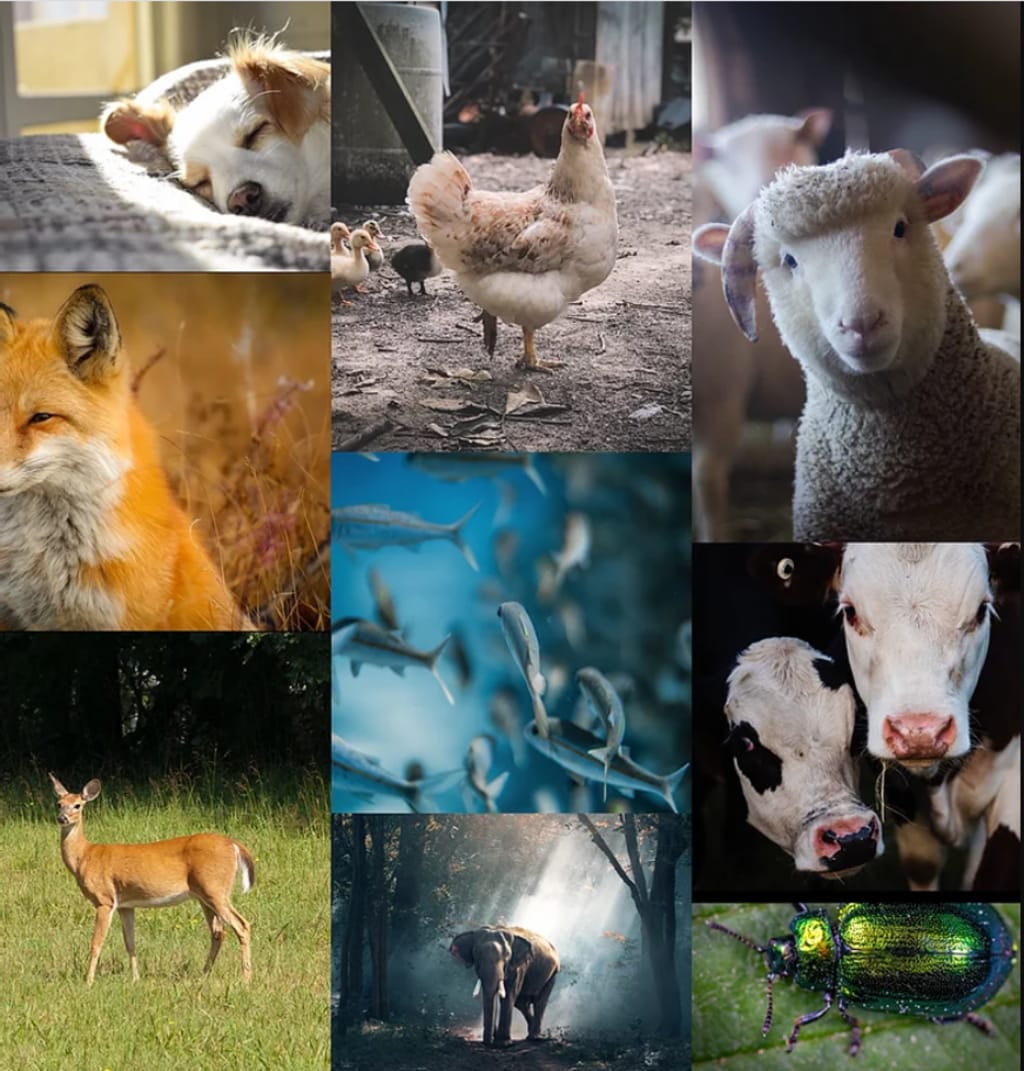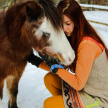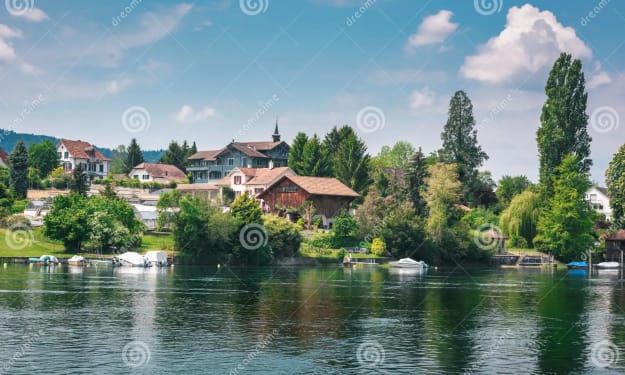Animal Agriculture
What can we do to save our oceans?

Animal Agriculture is a leading cause of water and air pollution, biodiversity loss, and deforestation. Animal agriculture is one of the number 1 leading causes of climate change. It's the 2nd largest contributor to human-made greenhouse gas emissions after fossil fuels. 1
Climate change is killing coral reefs and harming natural ecosystems that are very sensitive to even slight temperature changes. 2
What do we do about it? Switch to a plant-based diet.
Saving someone's life starts by not taking their life to begin with. We wish to protect the lives of ocean dwellers so let us not take their lives. It is selfish to save the ocean for 1 species, homo sapiens when we are 1 of millions of species.
When we bring attention and focus to saving the ocean for the ocean instead of for our taste pallets and for our vacations, then we can really work at solving the main issues we are facing which are overfishing, water/air/plastic pollution, and climate change.
“Huge open-air waste lagoons, often as big as several football fields, are prone to leaks and spills. In 1995 an eight-acre hog waste lagoon in North Carolina burst, spilling 25 million gallons of manure into the New River. The spill killed about 10 million fish and closed 364,000 acres of coastal wetlands to shellfishing.
Runoff of chicken and hog waste from factory farms in Maryland and North Carolina is believed to have contributed to outbreaks of Pfiesteria piscicida, killing millions of fish and causing skin irritation, short-term memory loss, and other cognitive problems in local people.
Nutrients in animal waste cause algal blooms, which use up oxygen in the water, contributing to a “dead zone” in the Gulf of Mexico where there’s not enough oxygen to support aquatic life. The dead zone fluctuates in size each year, extending a record 8,500 square miles during the summer of 2002 and stretching over 7,700 square miles during the summer of 2010.
Ammonia, a toxic form of nitrogen released in gas form during waste disposal, can be carried more than 300 miles through the air before being dumped back onto the ground or into the water, where it causes algal blooms and fish kills.” - NRDC 3
The facts are right in front of us. If we wish to save the planet, we must change our habits.
“The US Environmental Protection Agency (EPA) points out that one hamburger requires 660 gallons of water to produce – the equivalent of 2 months worth of showers. Then, consider the estimation that the meat and dairy industries combined use nearly 1/3 (29%) of all the fresh water in the world today. Essentially, the once-fresh inputs of clean, natural water into the ocean are being replaced by flows of polluted farm runoff. And on a massive scale. It’s no wonder that animal agriculture is the leading cause of species extinction, ocean dead zones, water pollution, and habitat destruction, according to the EPA.” 3
This planet does not have unlimited water. It is time to value our resources better and stop taking more than we need as a collective.
And what have scientists concluded? The single biggest way an individual can help the planet is by switching to a plant-based diet. 4
Will we listen now or when it is too late?
How do you as an individual start this transition?
Take it day by day, start with switching out 1 meal a day, and slowly increase this over the course of a few weeks.
Some easy breakfast ideas include; oatmeal, overnight oats, fruit and coconut cream bowls with nuts, avocado toast, peanut butter and jam toast, bagel with hummus and avocado or tomato, chickpea flour omelet with toast or hashbrowns, or a smoothie bowl with various toppings.
Some easy lunch ideas include; veggie sandwiches, veggie burger with chips, three-bean chili with coconut cream and avocado, a buddha bowl, a tempeh salad/sandwich or simple veggie/tempeh/tofu stir fry over rice or noodles, chickpea salad sandwich,
Some easy dinner ideas include; enchiladas with beans and vegan cheese, spaghetti, pita bread pizza with vegan cheese, potato broccoli cream soup with bread, no fish-sauce tofu pad-thai, mashed potatoes with fried plantain and tempeh bacon, veggie rice and bean burrito, and veggie fried rice with general Tso's tofu.
Some easy snack ideas: Seaweed snacks, kale chips, potato chips, nuts, fruits, seeds, tortilla chips with salsa or guacamole, nut butter on celery, hummus and carrots or a smoothie/juice, strawberries dipped in dark chocolate or sweetened coconut cream, and oat milk yogurt with granola.
Easy alternatives: Nutritional yeast (tastes cheesy but has loads of vitamins such as B12), cashews soaked or boiled which can be a cream substitute, coconut cream as a cream substitute, non-dairy milks instead of dairy milk, lentils/beans/soy/nuts/seeds/legumes as animal-derived protein substitutes, just egg/chickpea flour with water/tofu as egg alternatives, and maple syrup/agave/date sugar as a honey alternative.
Easy way to make cashew milk: Blend 1 cup of raw unsalted cashews with 4 cups of water in a high-speed blender for several minutes. You can also add vanilla and a sweetener of your choice to taste. Strain the milk in a fine mesh strainer or in a cheese-cloth and refrigerate for up to 6 days.
Easy way to make oat milk: Blend 1 cup of plain oats with 4 cups of water in a high-speed blender for several minutes. You can also add vanilla and a sweetener of your choice to taste. Strain the milk in a fine mesh strainer or in a cheese-cloth and refrigerate for up to 6 days.
Simple non-dairy cheese sauce:
1 can of unsweetened coconut cream
½ cup of cashews
⅛ cup of nutritional yeast
1 teaspoon lemon or lime juice
Salt to taste
1 tablespoon tapioca or cornstarch
Boil the cashews for 15 minutes or soak them for at least 4 hours or overnight.
Blend all the ingredients until smooth with the cashews then bring to a pot and simmer until desired thickness is achieved.
To add more thickness then add more tapioca-starch or cornstarch.
Broccoli Cheddar Soup Recipe:
2 large russet potatoes peeled and diced
1 large carrot peeled and diced
1 can of unsweetened coconut cream
3 cups of water
3 tbsp better than bouillon no chicken base
½ onion diced
½ cup nutritional yeast
1 tbsp oil
1 cup of daiya or violife shredded mozzarella (optional)
2 cups of frozen organic broccoli florets
Boil the water with the carrots, potatoes, onions, olive oil, and no chicken base for 12 minutes.
Add the broccoli, coconut cream can, and half of the nutritional yeast and boil for 8 minutes or a low simmer with a cover on the pot.
Blend half the soup and mix it with the unblended portion and add in the rest of the nutritional yeast and the shredded cheese and boil for 2-3 more minutes while stirring; until the cheese is melted.
Store in the fridge for up to 6-7 days.
1 “Animal Agriculture's Impact on Climate Change.” Climate Nexus, 13 Nov. 2019, climatenexus.org/climate-issues/food/animal-agricultures-impact-on-climate-change
2 “Coral Reefs and Climate Change.” IUCN, 2 Mar. 2021, www.iucn.org/resources/issues-briefs/coral-reefs-and-climate-change
3 “What's the Role of Factory Farming in Ocean Degradation?” Mission Blue, 13 July 2017, mission-blue.org/2015/02/whats-the-role-of-mass-animal-agriculture-in-ocean-degradation/.
4 “Going Vegan Is 'Single Biggest Way' to Reduce Our Impact, Study Finds.” The Independent, Independent Digital News and Media, 24 Sept. 2020, www.independent.co.uk/life-style/health-and-families/veganism-environmental-impact-planet-reduced-plant-based-diet-humans-study
About the Creator
Chloe Moers
Animal Rights Activist, Environmentalist, Public Speaker, and Human Rights Activist. Chloe is the founder of the non-profit Empathy for All Animals (EFA Animals) and is an Animal Communicator and healer through magentasunhealing.com
Enjoyed the story? Support the Creator.
Subscribe for free to receive all their stories in your feed. You could also pledge your support or give them a one-off tip, letting them know you appreciate their work.






Comments
There are no comments for this story
Be the first to respond and start the conversation.